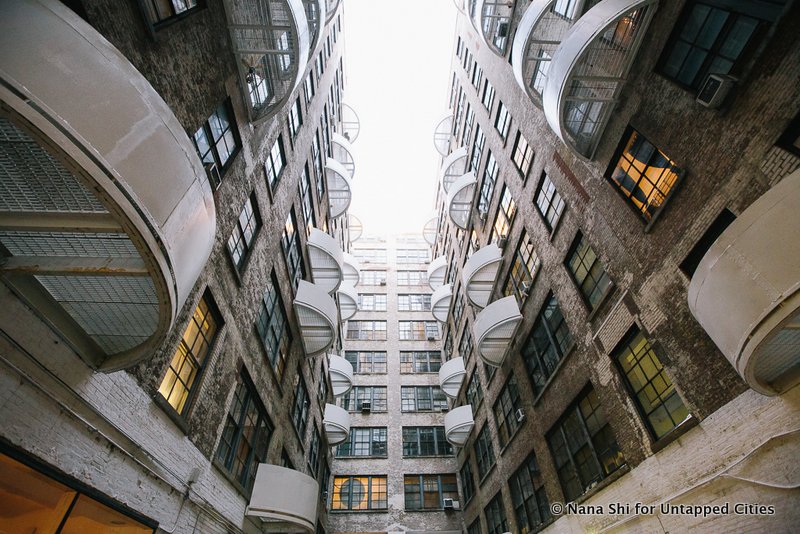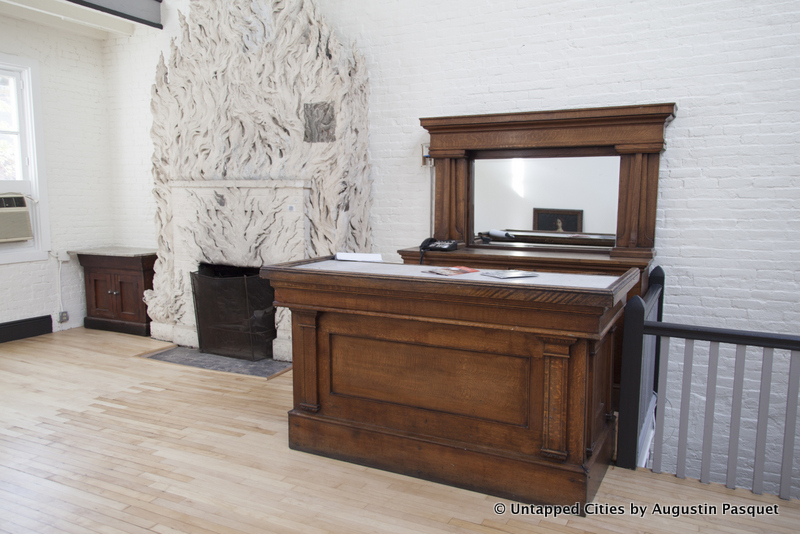
Due to the ever evolving nature of New York City — and the fact that it is built on an island with limited space — buildings are constantly being expanded, repurposed or, in the worst cases, torn down.
Throughout history, the city has lost architectural treasures such as the original Penn Station and the Singer Mansion, but thanks to the work of organizations like the Landmark Preservation Commission and the National Register of Historic Places, as well as community activists and creative entrepreneurs, many historic buildings are being saved and adapted to fit the changing needs of the modern city. Here are 10 historic buildings that have been preserved and adapted for use by the arts:
10. The Whitney Studio

In 1907, Gertrude Vanderbilt Whitney — the great-granddaughter of railroad magnate Cornelius Vanderbilt — moved to a carriage house apartment and studio space in Greenwich Village and shook up the art world. Whitney was a sculptor in her own right and her family money allowed her to become a patron of the arts. When American artists in the early 20th century struggled to show their work at traditional institutions, Whitney began to purchase and exhibit it at her MacDougal alley studio. In 1914, she opened the Whitney Studio as a place to showcase her growing collection. Originally built in 1877 as a hayloft, it became the origin point of what we now know as the The Whitney Museum of American Art. After the Metropolitan Museum of Art refused a donation of more than 500 works Whitney had acquired, the first official location of the Whitney Museum opened on West Eighth Street in 1931. After Whitney’s death in 1942, the museum moved multiple times until settling in the Meatpacking District in 2015.
Whitney’s Greenwich Village studio, where she not only displayed the work of other artist but also created sculptures of her own, was threatened by demolition in 1967 when it was acquired by the New York Studio School of Drawing, Painting, and Sculpture. The school is carrying on Whitney’s legacy of patronage to the arts by actively using her former residence and studio for art classes, salons, and critiques. Though many original features of the apartment have been destroyed, it still retains a huge skylight put in by Whitney and a 20-foot-tall fireplace covered by plaster flames. The fireplace, which rises to a relief-ceiling, was created by Robert Winthrop Chanler who worked on the intricate designs from 1918 to 1923. The fireplace was originally painted in red and gold, and the School’s Tour Manager Alicia Cooper says they would like to restore it in the future.
Thanks to a $30,000 grant from the National Trust for Historic Preservation, the studio has undergone restoration and is now open for public tours. Tours of the space also include visits to the former studio of sculptor Daniel Chester French, the original 1930s Whitney Museum galleries, and a 1913 “secret staircase” that connected Whitney’s private studio to the office of Juliana Resier Force, the museum’s first director. The Whitney’s extensive collection of American art is now housed at 99 Gansevoort Street in a stunning asymmetrical building, with 50,000 square feet of indoor galleries and 13,000 square feet of outdoor exhibition space, designed by architect Renzo Piano.





